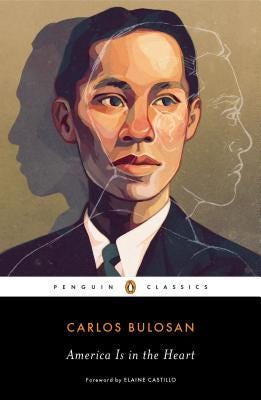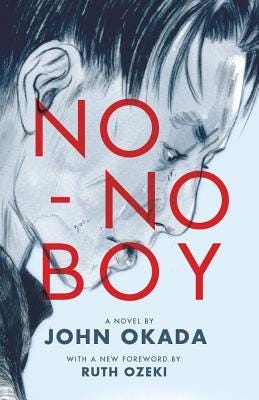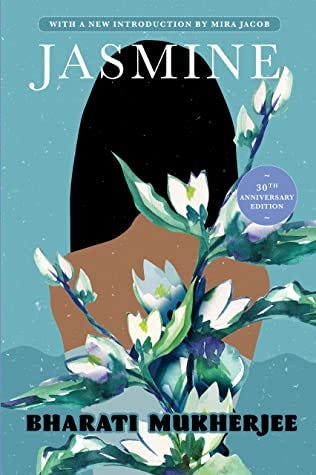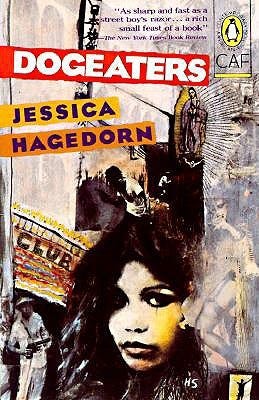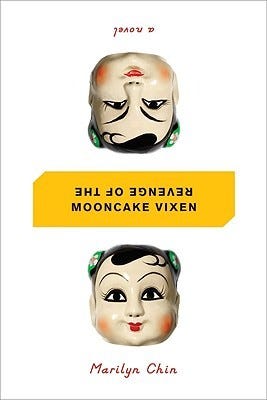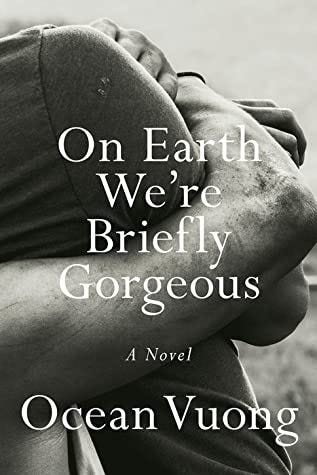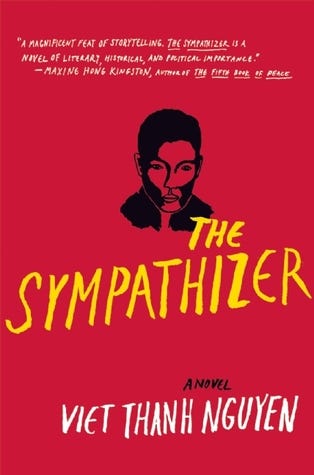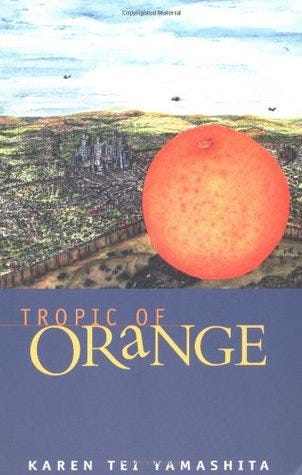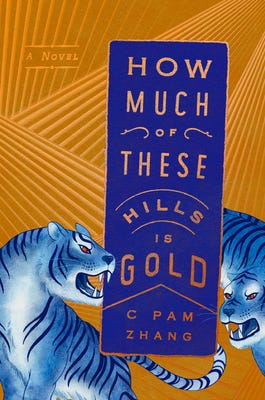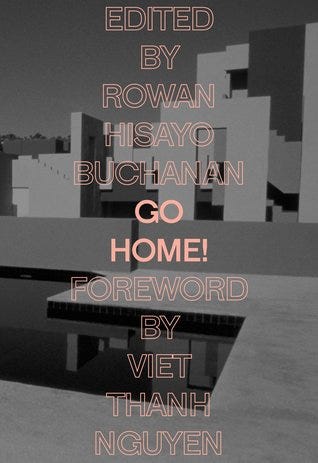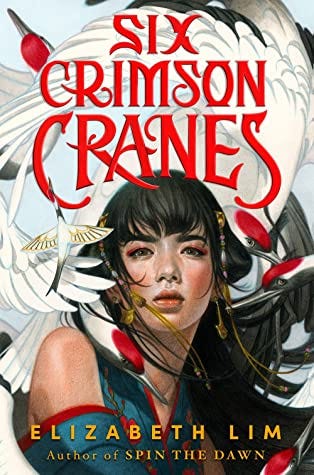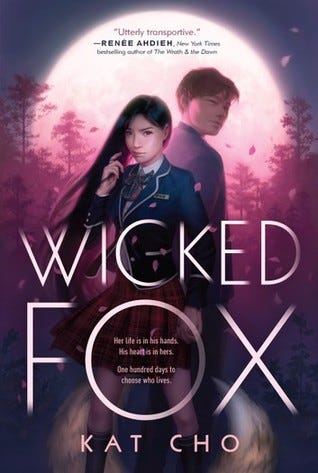ASAM 100: Intro to Asian American Literature
An abridged beginner's guide to Asian American literature, semi-syllabus style.
In the ongoing debate in academia and politics about the importance or frivolousness of ethnic studies in higher education, there are only a few options for an individual like me (leftist, Asian American, Gen-Z, female, college graduate):
Get angry and go on extended rants to whoever will listen about the (neo)imperialist structural racism of higher education and how/what we classify as knowledge.
Spiral into hopeless despair that no one cares about why the world is the way it is and the futility of trying to enact institutional change.
Read as widely as possible and recommend books to people. After spending a lot of time and energy on the first two options to little avail, I am now a strong proponent of Option 3’s empathetic power and use of interpersonal relationships to spread the gospel of representation.
I wasn’t actively conscious of the racism in academic curricula until college, and even then, wasn’t attuned to the artistic production and representation of people of color, particularly Asian Americans. My awakening came in the form of forcing one of my beloved professors-turned-mentors who introduced me to Asian American literature to supervise my independent study just so I could keep talking to her. This course was a dream: it required only that I read books and write a brief analysis of each; but it revealed how painstakingly ignorant I was of my own place in an Asian American collectivity, and the seamless elision of this collective that had in my education.
For anyone else who finds themselves in a similar position, I present to you my Abridged Beginner’s Guide to Asian American literature:
America is in the Heart by Carlos Bulosan, p. 1946 — A semi-autobiographical work about Filipino American relations, immigration, racism, and labor movements in California. Written by the once-forgotten Bulosan, who is now well-regarded as an early labor and ethnic activist
No No Boy by John Okada, p. 1957 — Follows the hardships experienced by interned Japanese American conscientious objectors during WWII, the psychosis of societal, familial, and self-alienation, and the politics of citizenship in ways that are astonishing considering it was published in 1957
Jasmine by Bharati Mukherjee, p. 1989 — A seminal women’s studies text that examines the weight of tradition, the trials of the American immigration process, violence, and a nomadic identity
Dogeaters by Jessica Hagedorn, p. 1990 — Following a dozen characters across several decades in the Philippines and the United States, this book is a chaotic rumination on class, gender, politics, sexuality, and religion with the specter of the Marcos government hovering over the story
M. Butterfly by David Henry Hwang, p. 2007 — I’m very biased in my adoration for this one because this play was and remains very formative for my own academic and personal journey: a revelatory dissection of Orientalism, intellectualism, history, gender, and politics that packs a punch in its brief length
Revenge of the Mooncake Vixen by Marilyn Chin, p. 2009 — An experimental speculative work that takes stereotypical Asian American immigrant narratives and twists them in unexpected ways
On Earth, We’re Briefly Gorgeous by Ocean Vuong, p. 2019 — A much lauded and publicized epistolary memoir that conveys heartbreak, grief, memory, trauma, and longing with beautiful language from an incredible poet
DICTEE by Theresa Hak Kyung Cha, p. 1982 — This entry is timely, as The Times recently published a long-overdue obituary for Cha, who was raped and murdered soon after the publication of the book, which is a literary, linguistic, and structural wonder that transcends time to explore womanhood and national belonging
The Sympathizer by Viet Thanh Nguyen, p. 2015 — After much delay and resistance, I finally started this book and finished it in three days: a precise, very incisive and aware narrative that takes shots at Asian representation in art and cultural dialogue
Tropic of Orange by Karen Tei Yamashita, p. 1997 — A speculative and magical realist take on a frenzied Los Angeles amidst social and economic collapse that is an inevitable result of history
How Much of These Hills is Gold by C Pam Zhang, p. 2020 — A Western for the people who have been erased in John Wayne movies, Zhang combines subtle Chinese symbols with American mythology on a quest to find the meaning of home
Go Home! edited by Rowan Hisayo Buchanan, p. 2018 — This anthology includes work from incredible writers like Alexander Chee, Chang-rae Lee, and Mia Alvar, all of which focus on Asian diaspora and the dimensions of home
Six Crimson Cranes by Elizabeth Lim, p. 2021 — A fantasy tale with East Asian mythological influences and a plucky heroine that I wish I could’ve had when I was younger (also the cover 😍)
Wicked Fox by Kat Cho, p. 2019 — Going along with the rise of all things K, this story is a modern fantasy in which gumiho—nine-tailed foxes—and other magical creatures must survive amongst humans in Seoul
This list is by no means exhaustive (and there are plenty of other lists out there), and I have left off several books that have been the longest-established as part of the Asian American canon (The Woman Warrior, The Joy Luck Club, etc), but for me, these are the stories that have helped me inhabit and expand my Asian American selfhood.
Of course, there is the lazy argument of “Once you’ve read one, you’ve read them all,” but that is an extremely limited, biased, and quite frankly, stupid tack, for there is no paucity of the same English bildungsroman or tragic heroes written by Caucasian American and European writers. Moreover, this restricted view denies the personal identity as much as the collective experience of Asian artists and perpetuates the myth of an Asian monolith.
There is also an increasing preoccupation and consternation over the “identity writer” that writes only about her particular racial/ethnic/social background; Cathy Park Hong has written extensively on this. Without sounding like a contrarian, I find this idea that minority artists are “trapped into an identity niche” a non-issue and something that is self-imposed as much as imposed by others. Being Asian or Black or queer or Latinx or trans is intimately and inextricably connected to one’s lived experience, and it necessarily informs them in ways that cannot be divorced from one’s selfhood. If anything, I believe that this repeated narrative blurbs about the immigrant struggle, the model minority, and social belonging, which, while all important, are products of publishing and marketing. It is easy (and becoming easier) to market and therefore sell stories that adhere to the renewed attention on diversity and the desire from publishing houses to realize or appear diverse and liberal.
Indeed, much of what I love about Asian American and Asian diasporic literature is its sheer diversity; while there are certainly connected themes of identity and belonging, every story is different and told in all different ways that are valuable. I love reading about the Narrator’s inner turmoil, philosophical overthinking, and unending political preoccupations in The Sympathizer as much as the romance of Chloe Gong’s brilliant Romeo and Juliet retelling, These Violent Delights.
If we are now finally seeing some literary recognition, then maybe the next step will be the Asian American character that simply is: that has the violent urges of Judge Holden, the interiority of Mrs. Dalloway, the gothic tragedy of Miss Emily, and the futile obsession of Captain Ahab—while just being Asian.
Additional sources for intermediate to advanced courses:
What stories have shaped your life or would you recommend?
If you liked what you read, be sure to subscribe above and follow us on Twitter and Instagram @invisibleasians to stay updated on Politically Invisible Asians!





